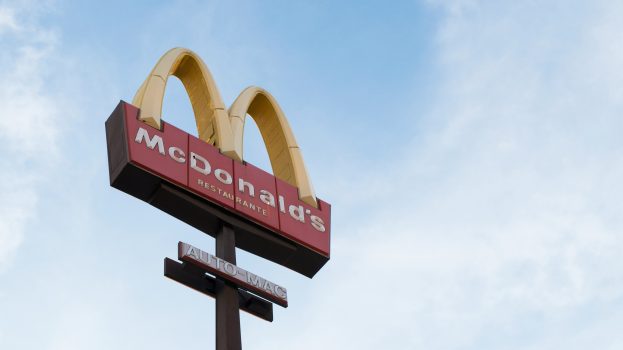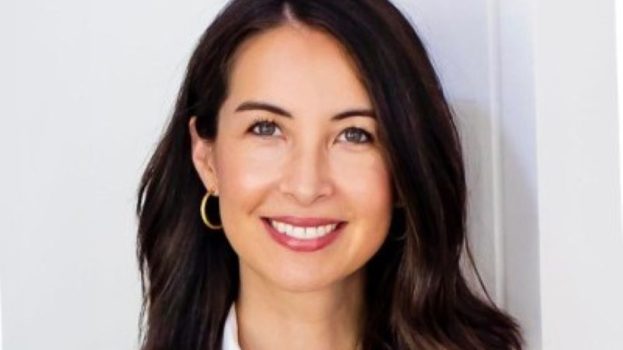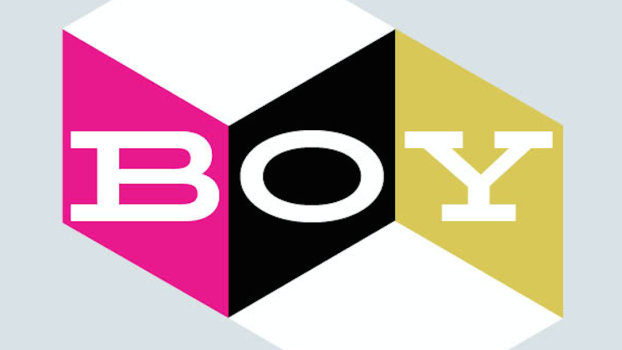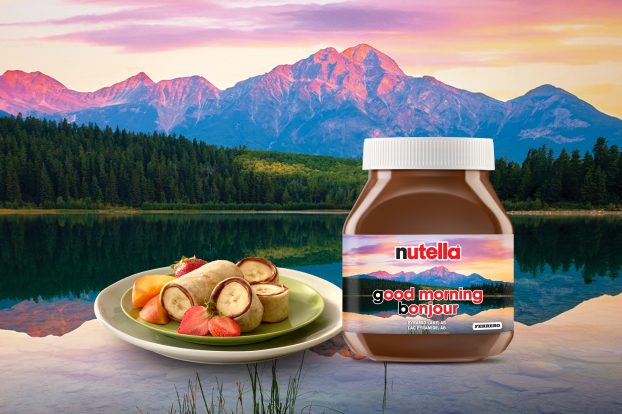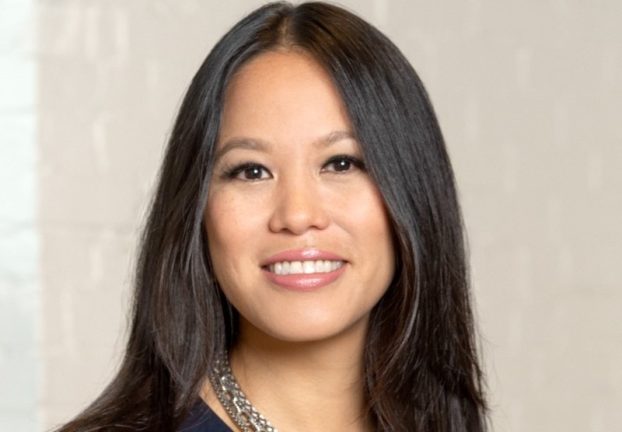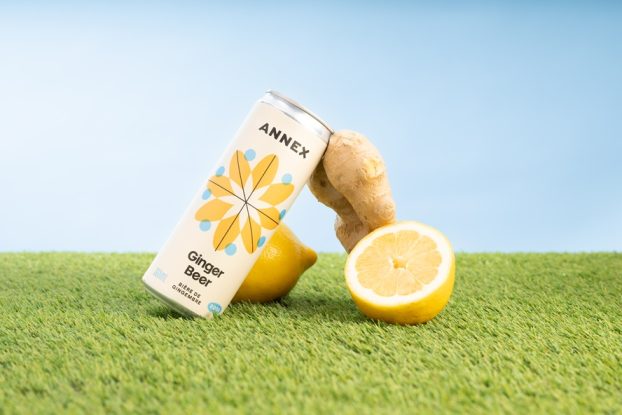As tools in the marketer’s arsenal became digitized over the years, sampling persisted as the exception to the rule, says Kelly Stewart, director of marketing at Sampler, a Toronto-based direct-to-consumer sampling company.
“Everyone accepted that sampling was this blind tool where you hand out product at mass with absolutely no expectation of ROI, hoping that it was influencing the bottom line,” she says. “Now we’re saying you can tie just as much data to sampling as your ad buy and every other piece of the mix.”
Since launching in 2014, Sampler has grown to work with over 300 brands (including Kraft, Kimberly-Clark and Mondelez) across 18 countries to deliver product samples to consumers who opt-in to receive the offers. SampleSource, launched in 2011, is another Canadian company offering product samples from a variety of brands.
In Canada, Sampler recently worked with La Croix to garner product reviews ahead of their appearance at the Natural Products Expo in Anaheim, says Stewart. It also ran a campaign for Lancôme. As with other L’Oréal brands, Stewart says the goal “has been much more than just product sampling; it’s a new customer acquisition channel that drives CRM profiles, ratings and reviews and in-turn sales.”
Last month, the five-year-old startup closed a $3 million fundraising round, bringing its total fundraising to date to $6.3 million. In late 2014, the company received $645,000 in investments (an amount that eventually grew to $1 million), followed by another $1 million from L’Oréal and Founders Factory in 2016, as reported by Betakit.
But things really began to accelerate following an early 2019 report in Axios that claimed Amazon has been “quietly piloting a program” that allows brands like Maybelline and Folgers to pay to send free samples to Amazon customers based on its vast troves of customer data. The story suggested the digital giant could be looking to transform samples into the next growth engine for its ad business by offering something Facebook and Google cannot. (An Amazon spokeswoman declined to specify whether the program is active in Canada, directing all questions to its website).
Sampler reportedly secured its funding within weeks of the Amazon news, signalling to Sampler founder Marie Chevrier that “digital product sampling is a trend to watch,” as noted in a press release. “Over the last year, we’ve seen the demand for our platform skyrocket as brands have rediscovered how powerful product sampling can be when combined with modern digital marketing practices,” she said. “Sampler has been at the forefront of this shift and we’re ready to grow with the increased demand.”
 While all companies (especially startups) have reason to fear a battle with Amazon, Stewart (pictured, right) says Sampler offers brands something the behemoth cannot: control over their own data. They can track their programs through an analytics dashboard (with demographic, behavioural and satisfaction insights) or make use of Sampler’s remarketing capabilities.
While all companies (especially startups) have reason to fear a battle with Amazon, Stewart (pictured, right) says Sampler offers brands something the behemoth cannot: control over their own data. They can track their programs through an analytics dashboard (with demographic, behavioural and satisfaction insights) or make use of Sampler’s remarketing capabilities.
The company works with CPG companies to create and manage their product sampling programs through branded and co-branded models. For example, under the branded model, a hair care brand can embed the Sampler app on its website or social media and drive consumers to it via its own marketing channels. The customer is asked to answer four to seven questions describing their needs and hair type and are then served a sample offer for a matching product. The person can opt-in to receive a relevant sample, while keeping track of their sampling history and profile information within the Sampler app.
Smaller brands looking to reach new audiences also work with Sampler’s publisher partners (including a variety of family, health, fashion and beauty publishers) under a co-branded model. That arrangement allows customers to receive sample boxes from publishers that contain a mix of products from different brands, cutting delivery costs and expanding companies’ reach.
Stewart says tracking customer activity through brand- and consumer-facing portals allows companies to avoid one of the other big pitfalls of the sampling world: “freebie” hunting, meaning people who collect huge amounts of free samples. This tends to be a “huge wasted spend for brands,” she says. “The big thing for us is targeted and measurable form of sampling.”
According to Stewart, brands typically see double the click-through rate for ads containing a sample incentive. Moreover, Sampler claims to have 100% target customer accuracy, with 50% of potential buyers maintaining a relationship with the brand (by converting to their own CRM) and 30% leaving a product review.
A case study on its website, for example, shows Ritz ran a sampling campaign to help drive awareness of a new packaging format. During a 30-day campaign, the offer was distributed through social and included a free sample that could be claimed in-store. According to Sampler’s own numbers, the effort resulted in a 17% conversion rate (within 90 days), making it eight times more effective than traditional sampling programs.
Photo credit (top): Genesis Fernandez, Sampler


